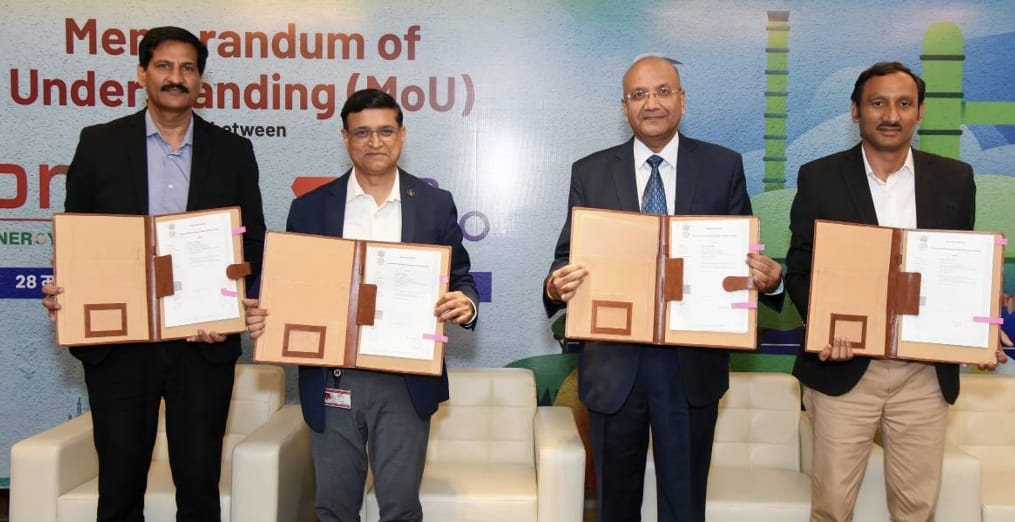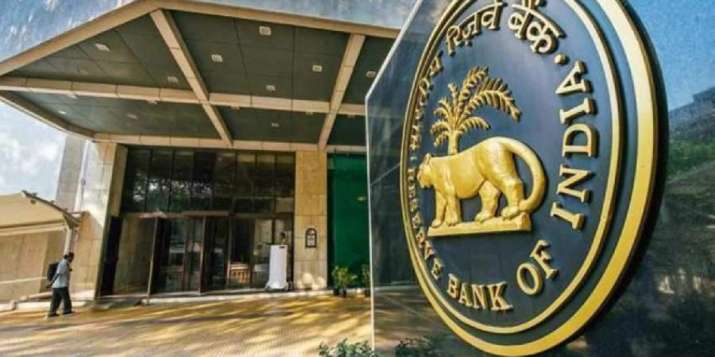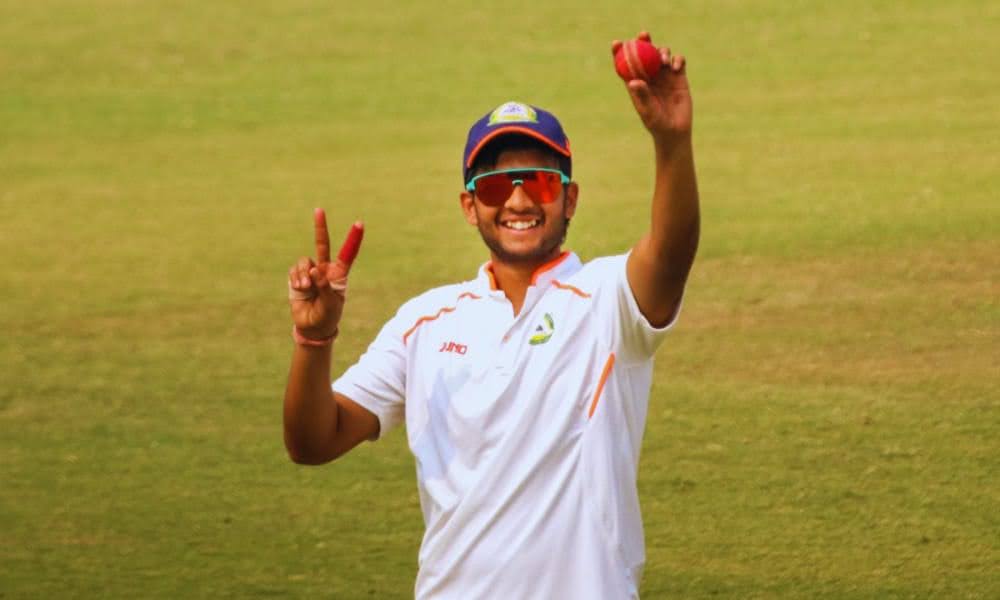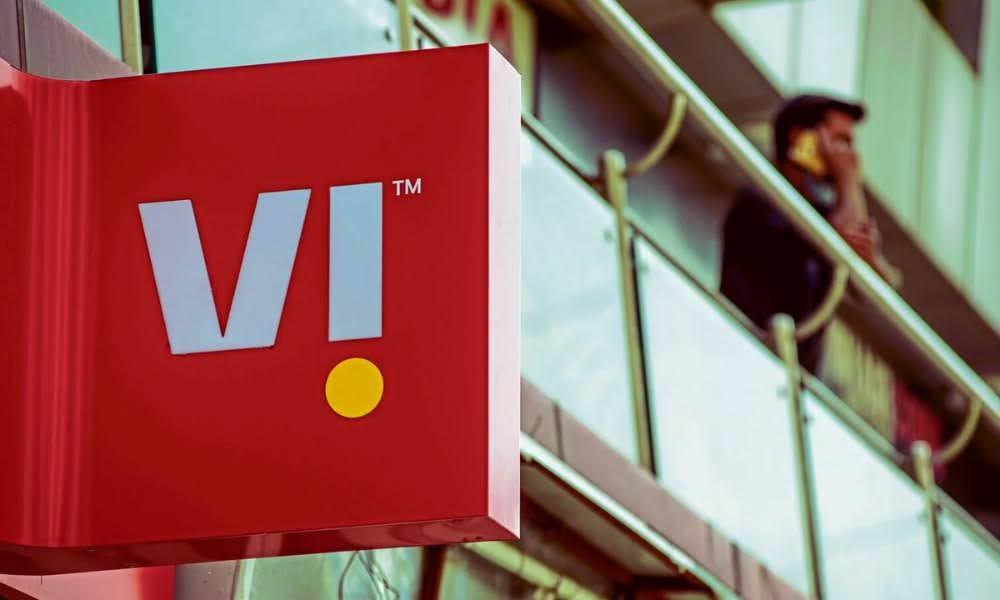India’s E-Retail Boom: Market Poised to Hit $190 Billion by 2030

India’s e-retail market is poised for significant growth, expected to reach $170–$190 billion in gross merchandise value (GMV) by 2030, driven by increasing discretionary spending and expanding digital adoption.
A report by Flipkart and Bain & Company projects over 18% annual growth over the next six years, positioning India as one of the fastest-growing e-commerce markets globally.
Current Market Overview
In 2024, India’s e-retail market slowed to 10–12% growth, down from a historic high of 20%, due to macroeconomic challenges and weakened consumption.
However, fiscal and monetary policy measures are anticipated to revive growth, with a rebound expected during the festive period of 2025.
“Long-term market fundamentals remain robust, with e-retail projected to exceed 18% growth over the next six years, reaching an estimated $170–$190 billion in GMV, with nearly one in 10 retail dollars spent on e-retail by 2030,” the report stated.
This growth is linked to India’s per capita GDP crossing the $3,500–$4,000 threshold—a key milestone that has triggered increased e-retail spending in other global markets.
States in India with per capita GDP above $3,500 already report 1.2 times higher e-retail penetration than other regions.
India’s E-Retail Market Growth Drivers
India has emerged as a retail powerhouse, becoming the third-largest retail market globally in 2024.
The Indian e-retail market now stands at approximately $60 billion in GMV, supported by the world’s second-largest online shopper base, with over 270 million online shoppers in 2024.
Despite recent headwinds, including slower private consumption growth from 11% pre-Covid (2017–19) to about 8% post-Covid (2022–24), the market’s long-term potential remains strong.
Rising inflation and stagnant real wages have affected discretionary spending, but policy adjustments and recovering consumer confidence are expected to boost growth.
Key Categories Driving Growth
High-frequency categories like grocery, lifestyle, and general merchandise are expected to contribute nearly 70% of incremental e-retail growth by 2030. Penetration levels in these categories are set to rise two to four times over the next six years.
Quick commerce (Q-commerce) has already captured about 10% of total e-retail GMV and 70–75% of e-grocery GMV. It is projected to grow at over 40% annually until 2030, supported by increased order values, improved margins, and reduced logistics costs.
“We have seen a 40% increase in average order values, 3–4 percentage points improvement in gross margins, and 30% lower logistics cost per shipment in mature catchments over the last two years. To sustain profitable growth, players must adapt their business models and supply chains as they expand selection, geographies and manage competition,” said Manan Bhasin, partner at Bain & Company.
Expanding Reach in Smaller Cities
User adoption has spread rapidly from Tier-2 to Tier-3 cities, with three in five new shoppers since 2020 coming from Tier-3 or smaller cities. Currently, about 60% of new online shoppers and 45% of online orders come from these regions.
“This growth is unlocking access for consumers in remote, brand-starved areas, as evidenced by the 1.2 times higher e-retail shopper penetration in the Northeast compared to the rest of India. The seller base is also diversifying, with 60% of new sellers since 2021 coming from Tier-2 or smaller cities,” the report noted.
Seller participation is also broadening, with 60% of new merchants since 2021 based in Tier-2 and smaller cities, reinforcing the growing influence of smaller markets in the e-retail landscape.
Emerging Trends Shaping E-Retail
Three key models are reshaping India’s e-retail market:
- Quick Commerce (Q-Commerce): Already comprising 10% of overall e-retail GMV, Q-commerce is expanding into new product categories and cities, driven by larger basket sizes and improved logistics efficiency.
- Trend-First Commerce: Focused on rapid product launches at competitive prices, this model is particularly strong in fashion, with online penetration expected to exceed 50% by 2028. This trend is also spreading to beauty, electronics, and luggage.
- Hyper-Value Commerce: Targeting price-conscious consumers, this segment’s share of e-retail GMV has grown from 5% in 2021 to 12–15% in 2024, with particularly strong traction in smaller cities.
Role of Gen Z in E-Retail Expansion
Generation Z, accounting for approximately 40% of India’s e-retail consumers, is driving new consumption patterns.
These shoppers are more inclined to discover brands on social media, make quicker purchase decisions, and prefer Unified Payments Interface (UPI) for digital payments.
Emerging fashion brands are particularly popular among this demographic, with Gen Z spending three times more on them compared to other groups.








